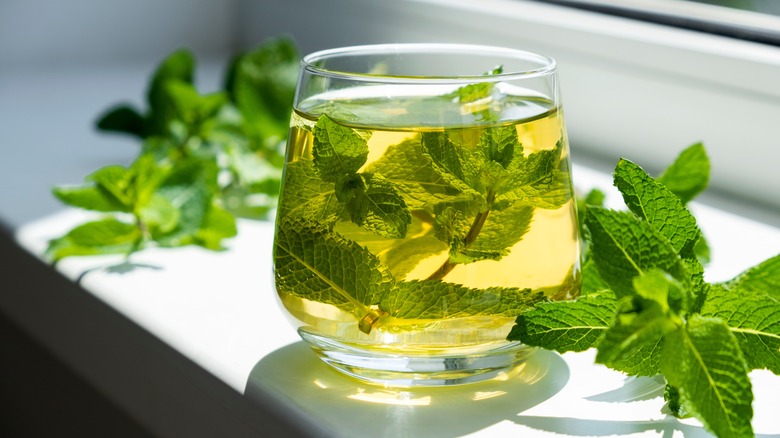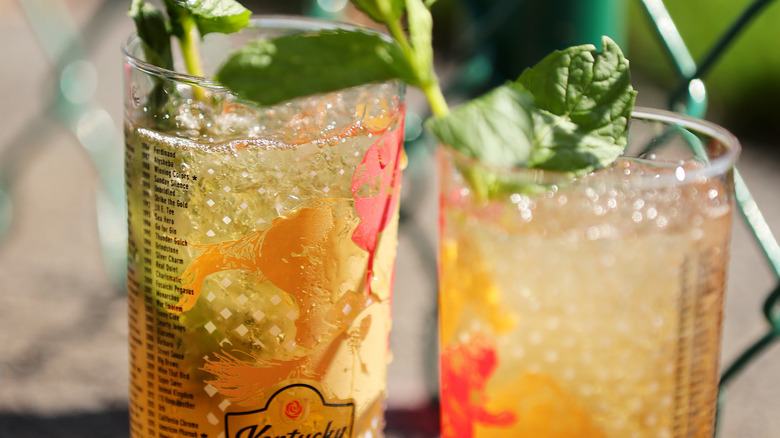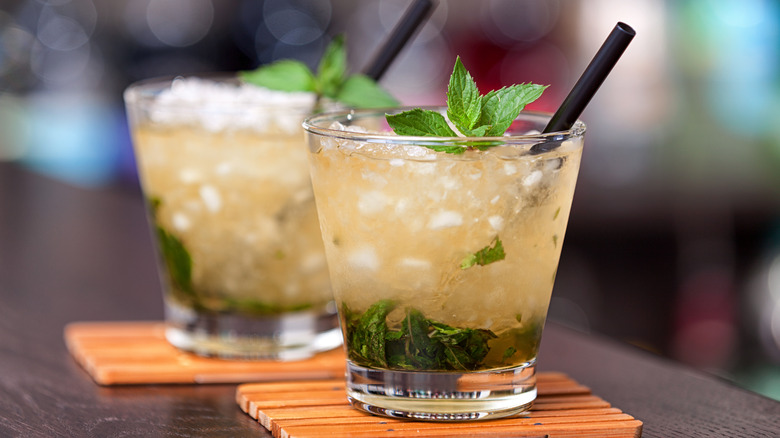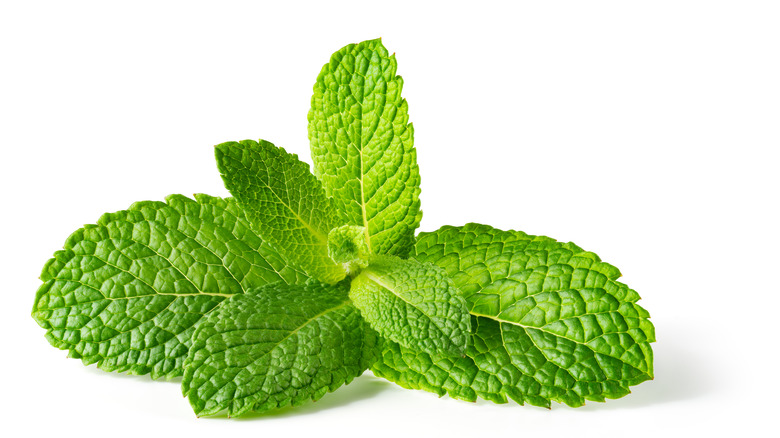The History Of The Mint Julep
What you never knew about the mint julep
The mint julep has largely been associated with Kentucky—both its bourbon and its derby—since 1938 when it became the official drink of Louisville's famed Churchill Downs. But the story of the tipple of choice for the most exciting two minutes in sports has an enigmatic and checkered past dating back to the pre-emancipation Colonial South.
For centuries, the word julep referred to all sorts of medicinal syrups. So when hungover Virginians rechristened the sling—roughly equal parts spirit and water "slung" back with a lump or two of sugar and some mint—as a julep in the late 18th century, it was with tongue firmly in cheek. The Virginia plantation owners of the time didn't confront the day without reaching for a stiff julep. But it wasn't the sweet, easy, refreshing drink we've come to know and love. Typically made with low-quality, high-proof rum (aka "kill-devil"), these early juleps were unpleasantly strong and skunky: room-temperature hairs of the dog sucked down with a wince and a yelp.
 Photo: Tasting Table
Photo: Tasting Table
Luckily, the drink got a makeover with the rise of ice houses throughout the South in the 1820s and 30s. A heaping cone of crushed ice became a mandatory add-on to the base spirit—likely, fine cognac brandy (though rum, Dutch gin and, yes, whiskey were not uncommon). Sometimes multiple spirits were combined in juleps, as in the Prescription Julep: Cognac and rye with a bit of Jamaican rum floated on top. Whatever the booze, a population that had been deprived of a cold drink on a sweltering day quickly fell in love with the iced mint julep (known briefly as the Hailstorm Julep) along with other crushed ice drinks, most notably the Sherry Cobbler.
A Favorite Fades
In its new form, the drink became a tool for some black bartenders—both freemen and slaves—to make names for themselves. In the 1830s, a Manhattan inn and tavern run by an emancipated man named Cato Alexander became a destination for the julep. Back down south, John Dabney and Jim Cook—among the best-known bartenders in Richmond, Virginia, despite not having their freedom—became celebrated for the beautiful mint and fruit with which they garnished their juleps at the Ballard House hotel in the 1850s. Some of the finest examples of the early to mid-19th century were, in fact, served by proud and accomplished black men. But this truth was soon forgotten, as was the dominance of the drink itself.
Soon after the Civil War, brandy fell out of favor, thanks in part to a shortage of useable grapes, and whiskey picked up the slack. The mint julep quickly became a whiskey—preferably bourbon—drink. But as cocktails like the Manhattan and martini came into fashion in the decades leading up to Prohibition, the mint julep was marginalized. By the early 20th century, newspapers were lamenting the end of the drink's run, and Prohibition was the nail in the coffin.
During Prohibition, American spirit brands could only watch from the sidelines as their European (Scotch), Caribbean (rum) and Canadian (whisky) counterparts continued to innovate and grow production. Naturally, after repeal, American distillers needed to get back on track.
A Bumpy Comeback
"In the wake of Prohibition, Kentucky was trying to reboot its whiskey industry," says Robert Moss, author of Southern Spirits (2016), which deftly describes the relationship between Southerners and their drink. But as American whiskey brands played up the nostalgia for the heyday of whiskey in the 19th century, they used racially charged imagery of the Old South at the heart of their marketing campaigns. For example, Irvin S. Cobb's Own Recipe Book, written by the Kentucky-based humorist and bourbon advocate in 1936, included many bourbon cocktail recipes interspersed with offensive, fictitious 19th-century plantation scenes depicting well-dressed old white gentlemen being served drinks and otherwise entertained by childlike black men. The book was sold to liquor stores around the country.
The bequeathing of the mint julep as the official drink of Churchill Downs in 1938 cashed in on this newfound nostalgia for the Old South. But the racial stereotypes depicted in these ad campaigns would erase any memory of the esteemed black bartenders who advanced the cause of the julep in cities around the country in the 19th century. "The mint julep got swept up into the Old South magnolia mythic imagery of Gone with the Wind and everything else," Moss says.
A Sweet Finish
Today, however, some bartenders are reaching back into the drink's storied history to offer interesting takes on the classic. Will Elliott, bar director at Sauvage and Maison Premiere in Brooklyn, serves the Sonneville Julep, adapted by Maxwell Britten, former MP beverage director. This version harkens back to the days when cognac formed the base of the drink (see the recipe).
Whichever alcohol you use, there's more to building this drink than your typical cocktail. While there are many variations in the technique, it is common to lightly muddle fresh mint (spearmint, not peppermint) leaves with a bit of simple syrup (or stirred sugar and water) at the bottom of a julep cup; then to add crushed ice, stir in the bourbon, add more crushed ice and garnish with a few sprigs of mint and some fruit; and then to serve with a straw.
Chris McMillian, cofounder of the Museum of the American Cocktail in New Orleans, is a student (and, some would say, professor) of cocktail history. McMillian explains that, for him, the spirit and sugar quantities in the mint julep are "determined by the volume of the glass."
The julep is the only drink for which McMillian doesn't carefully measure his pour. "I subjectively sweeten to taste. There is such a large variation in glass size. And depending upon the size and type of ice used, the volume of the portion size changes. Therein lies the art." Ready to try your hand at one? Off to the races!



